“He who upsets something should know how to put it back again” - Sierra Leonean Proverb
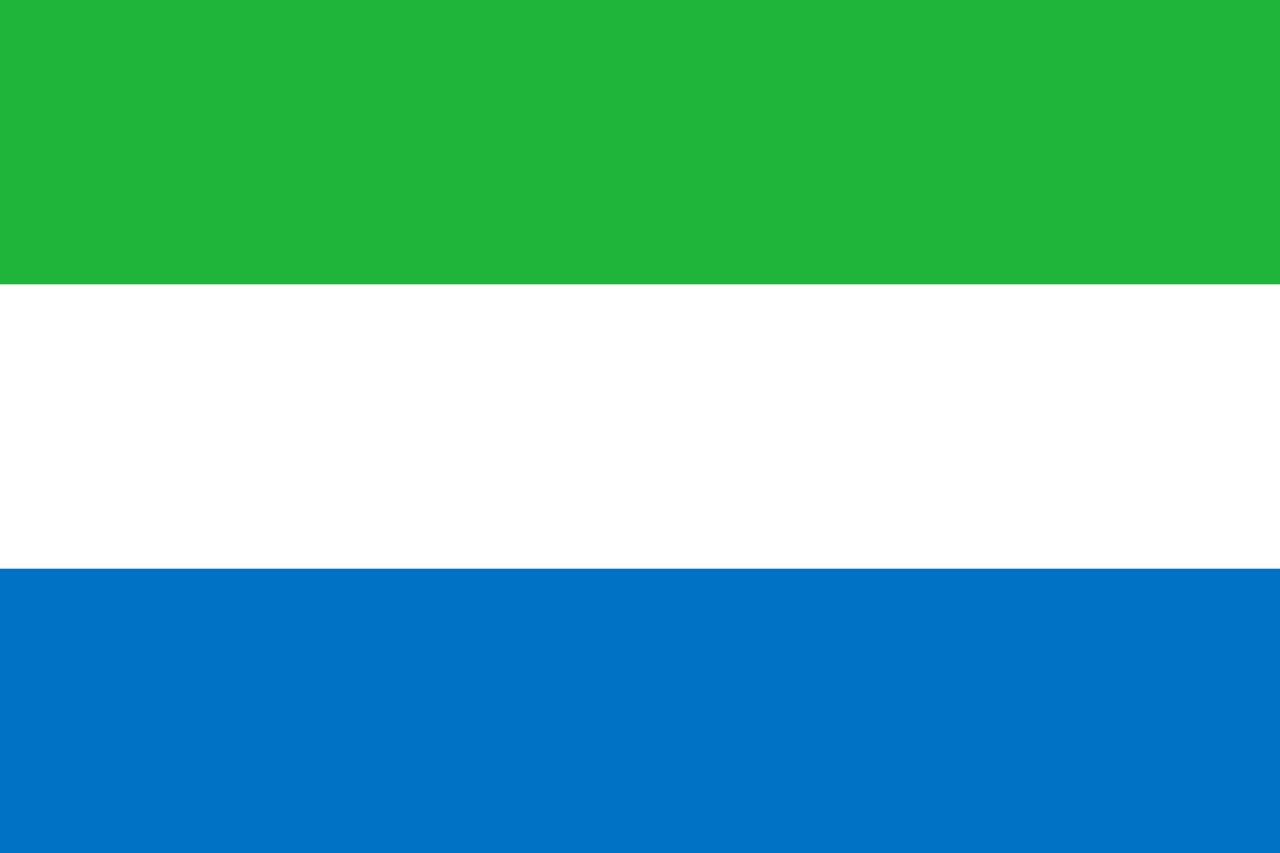 (Sierra Leone flag (1961-Present))
(Sierra Leone flag (1961-Present))
Sierra Leone is located in western Africa.
 (Map of Sierra Leone)
(Map of Sierra Leone)
Its capital is Freetown. Freetown is also its largest city. The official language is English. The country is 27,699 square miles. Sierra Leone is 99% African and 1% European. 71.3% of Sierra Leone practice Islam, 26.8% practice Christianity and 1.9% practice traditional religions. The total population is 7,075,641. The climate is tropical in Sierra Leone. Sierra Leone is a unitary presidential constitutional republic.
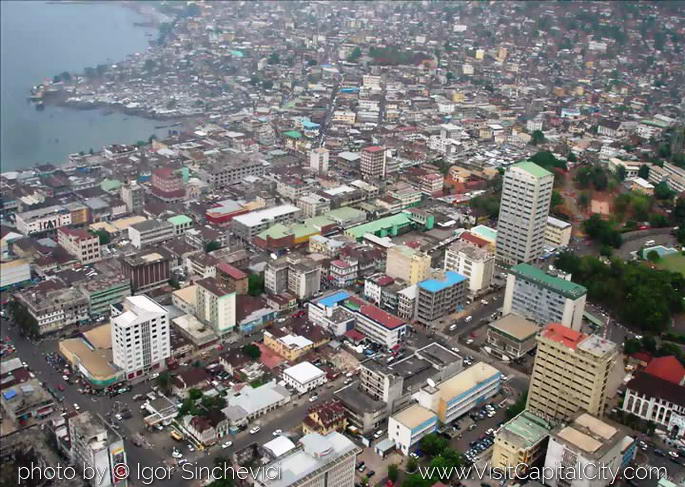 (Freetown, Sierra Leone’s capital)
(Freetown, Sierra Leone’s capital)
Sierra Leone cuisine consists of rice, potato leaves, cassava leaves, crain crain, okra soup, fried fish and groundnut stew.
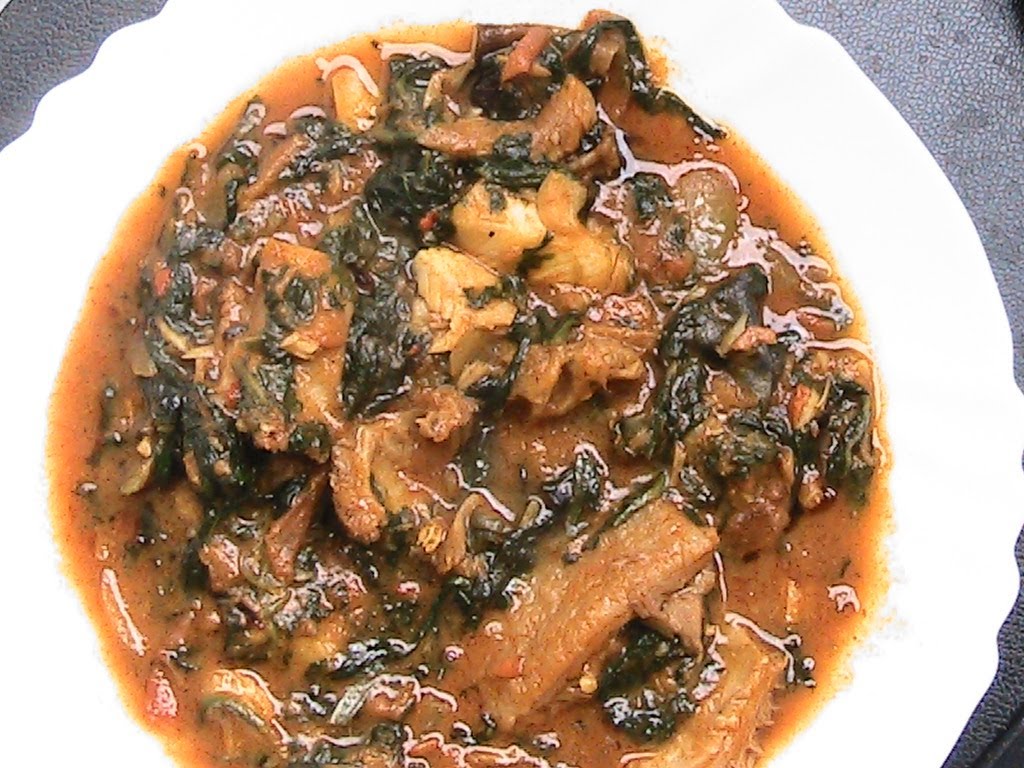 (Sierra Leone cuisine)
(Sierra Leone cuisine)
The arts in Sierra Leone are a mixture of traditional and hybrid African and western styles.
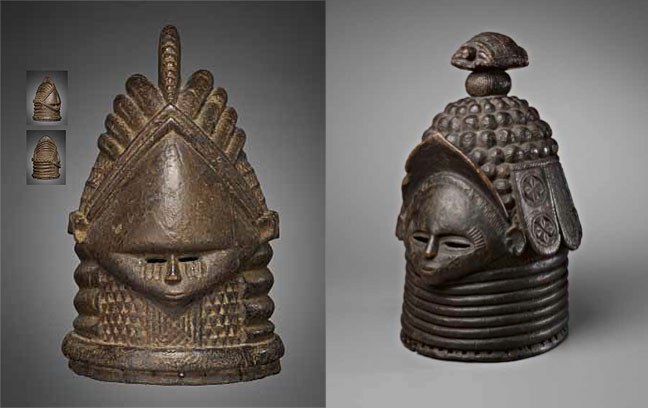 (Head masks from Sierra Leone)
(Head masks from Sierra Leone)
The most popular sport in Sierra Leone is soccer. The national team is the Leone Stars.
 (Sierra Leone’s soccer team)
(Sierra Leone’s soccer team)
Sierra Leone was first inhabited in 484 BC.
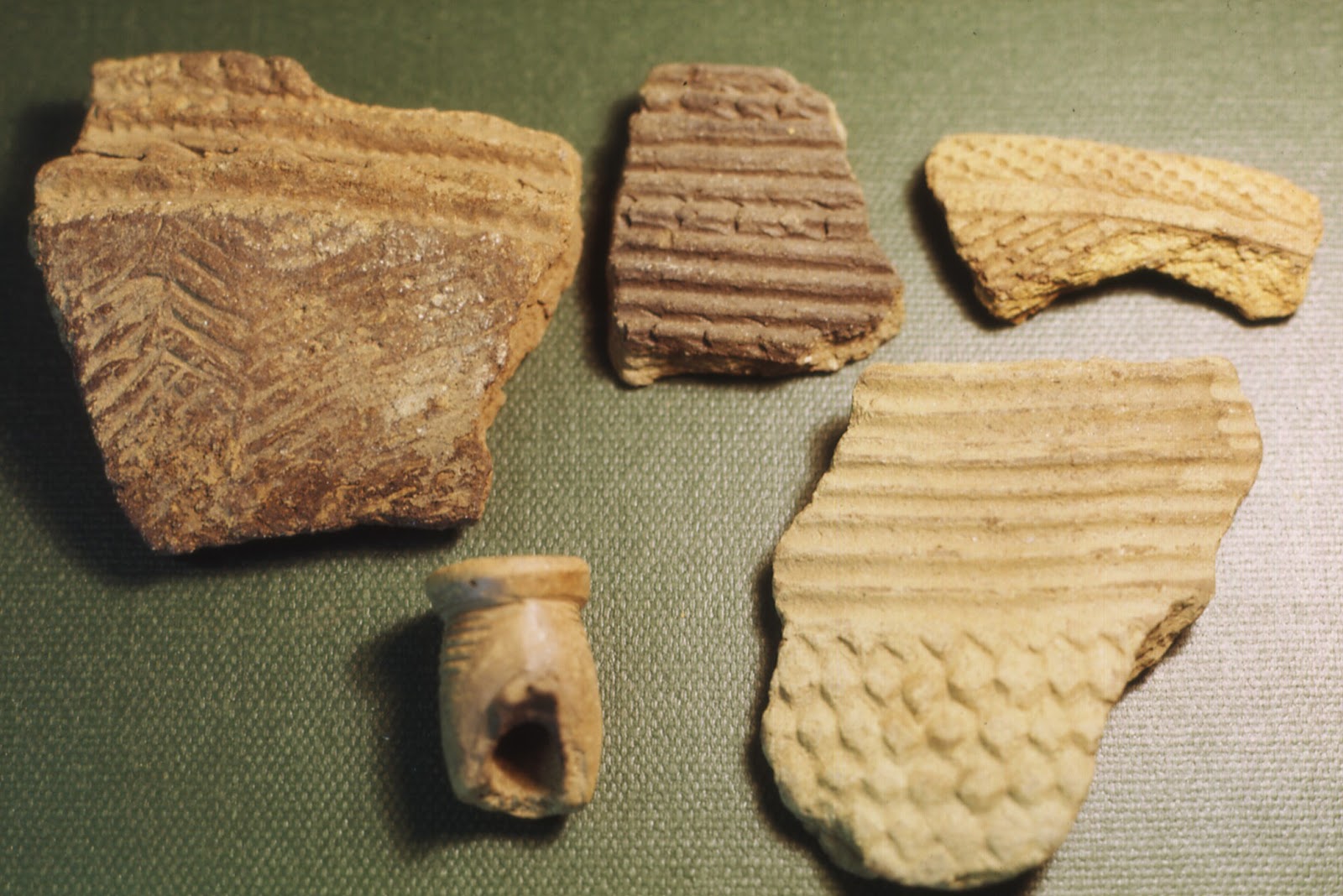 (Ancient artifacts from Sierra Leone)
(Ancient artifacts from Sierra Leone)
Iron was starting to be used by the 9th century. In 1000 AD agriculture was being practised by coastal tribes. The dense tropical rainforest and swampy environment of Sierra Leone protected its peoples from conquest by the Mande and other African empires. In 1462 the Portuguese landed in Sierra Leone. The Spanish then named the region “Sierra Leone”. In 1495 the Portuguese built trading posts.
 (Portuguese slave trading post)
(Portuguese slave trading post)
The Dutch and French also set up trading posts. Each of these nations used Sierra Leone as a trading point for slaves. In 1562 the British initiated the Triangle Trade in Sierra Leone sending 300 enslaved Africans to the Spanish colony of Santo Domingo (The Dominican Republic). In the 18th century Islam was adopted in Sierra Leone. In 1787 the British colonized Sierra Leone and sent 400 of its poor Black population to the country.
 (A drawing of Blacks from the Americas returning to Africa through Sierra Leone)
(A drawing of Blacks from the Americas returning to Africa through Sierra Leone)
In 1792, 1200 Blacks from Nova Scotia moved to Sierra Leone. In 1799 some of the Black settlers revolted against the British who brought them there. In 1800 the revolt was subdued. In 1808 British crews delivered thousands of formerly enslaved Africans to Freetown, Sierra Leone after liberating them from illegal slave ships. The Blacks coming from the U.S., Jamaica, Liberia, and other caribbean countries created a new ethnic group called the Krio people.
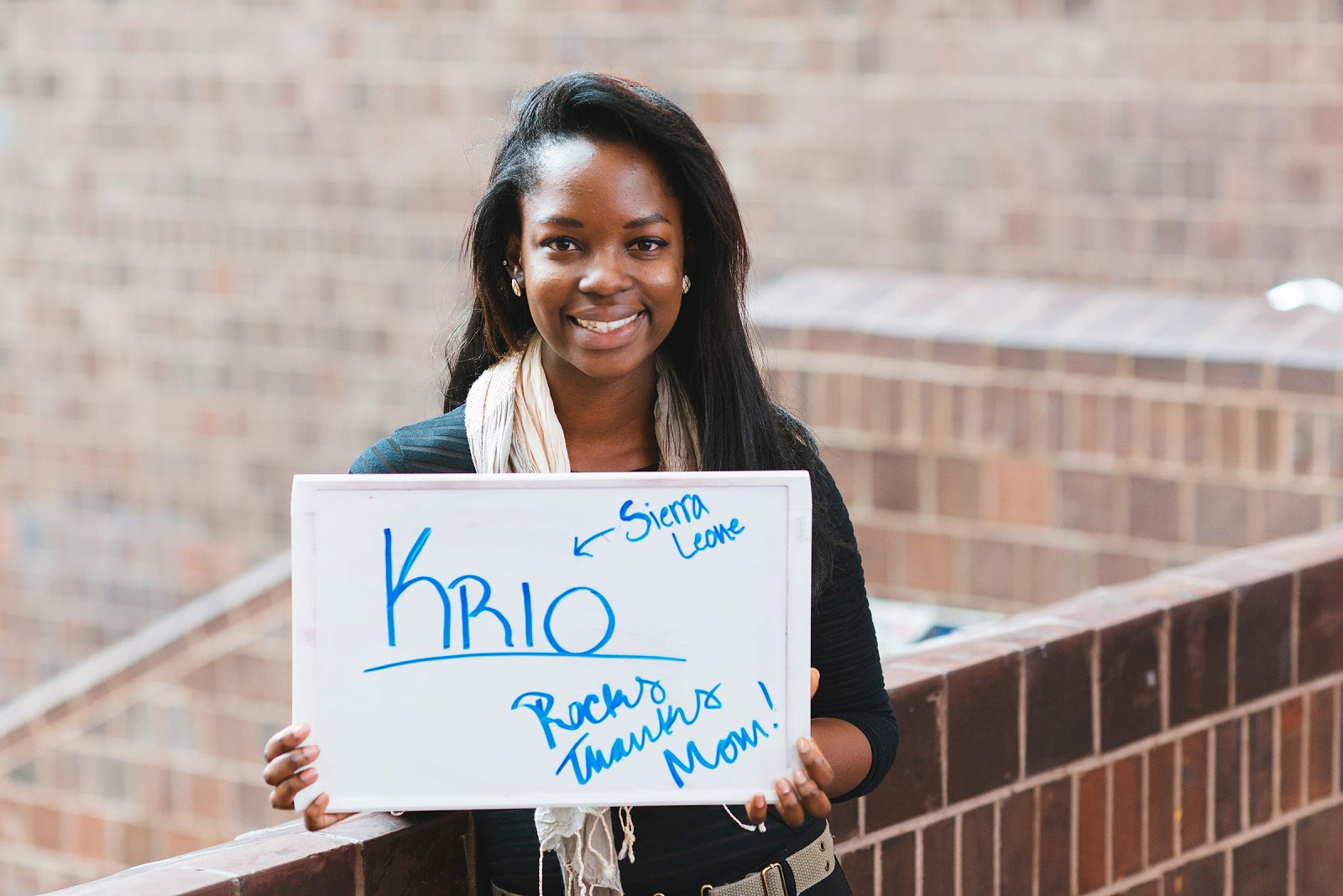 (A Krio girl (Present day))
(A Krio girl (Present day))
Sierra Leone developed as the educational centre of British West Africa. In 1827 the British established Fourah Bay College. In 1896 the British took more land of Sierra Leone.
 (Sierra Leone flag (1899-1914))
(Sierra Leone flag (1899-1914))
In 1898 the British taxed the homes of the tribes in Sierra Leone and demanded them to pay for the pavements of roads in Sierra Leone. 24 chiefs were opposed this tax. This led to the Hut Tax war. The British attacked 1st. The Northern front was led by Bai Bureh.
 (Bai Bureh)
(Bai Bureh)
The Southern front entered the conflict later. Both the British and Bureh’s forces suffered hundreds of casualties. In November of 1898 Bureh surrendered. The British hanged 96 of Bureh’s top warriors and exiled Bureh and 2 of his associates to exile in the Gold Coast (Ghana). In 1905 Bureh returned to Sierra Leone. In 1924 the UK government divided Sierra Leone into a Colony and a Protectorate, with separate and different political systems constitutionally defined for each.
 (Sierra Leone flag (1914-1961))
(Sierra Leone flag (1914-1961))
In 1928 slavery was abolished in Sierra Leone. In 1935 the De Beers company was granted a monopoly on mineral mining. In 1947 a proposal for a single party system was introduced but the Krios led by Isaac Wallace Johnson opposed the idea. In 1951 the Sierra Leone People's Party was founded and was led by Sir Milton Margai.
 (Sir Milton Margai)
(Sir Milton Margai)
In November of 1951 Margai oversaw the drafting of a new constitution for Sierra Leone which united the separate Colonial and Protectorate legislatures. In 1953 Sierra Leone was granted local ministerial powers, and Sir Milton Margai, was elected Chief Minister of Sierra Leone. In 1957 Sierra Leone held its first parliamentary election. Margai was re elected as Chief Minister by a landslide. On April 27th, 1961 Sierra Leone was declared independent from Great Britain.
 (Sierra Leone flag (1961-Present))
(Sierra Leone flag (1961-Present))
Sir Milton Margai became the country's first Prime Minister.
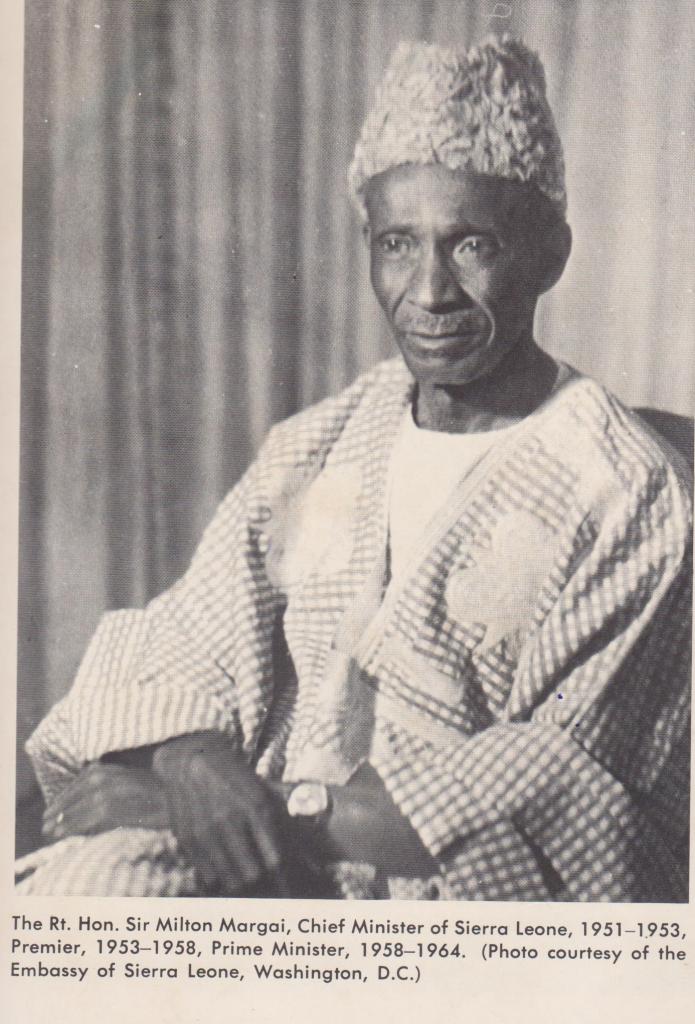 (Sir Milton Margai as Prime Minister)
(Sir Milton Margai as Prime Minister)
In 1962 Sierra Leone held its 1st general election. Sir Milton Margai was re elected as prime minister. In 1964 Margai died and his half-brother, Sir Albert Margai, was appointed as Prime Minister by parliament.
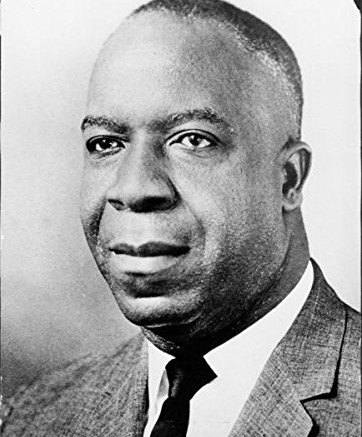 (Sir Albert Margai)
(Sir Albert Margai)
Sir Albert resorted to increasingly authoritarian actions in response to protests and enacted several laws against the opposition All People's Congress (APC). In 1967 riots broke out in Freetown against Sir Albert's policies. Sir Albert was accused of corruption and of a policy of affirmative action in favour of his own Mende ethnic group. In 1967 Siaka Stevens became the prime minister.
 (Siaka Stevens)
(Siaka Stevens)
Within hours after taking office, Stevens was ousted in a bloodless military coup led by Brigadier General David Lansana. A group of military officers in the Sierra Leone Army led by Brigadier General Andrew Juxon Smith, overrode this action by a coup d'état; they seized control of the government, arresting Brigadier Lansana, and suspending the constitution. The group set up the National Reformation Council (NRC). In 1968 a group of senior military officers in the Sierra Leone Army who called themselves the Anti Corruption Revolutionary Movement (ACRM), led by Brigadier General John Amadu Bangura, overthrew the NRC. They reinstated the constitution and returned power to Stevens. Stevens' rule grew more and more authoritarian, and his relationship with some of his ardent supporters deteriorated. Unrest in the provinces led Stevens to declare a state of emergency across the country. In 1971 a group of soldiers loyal to the executed Brigadier Bangura held a mutiny in the capital Freetown. They were arrested for mutiny. The SLPP boycotted the 1973 general election due to intimidation and procedural obstruction by the APC. In 1974 an alleged plot to overthrow president Stevens failed. In 1976 Stevens was elected without opposition for a second five year term as president. In 1977 a nationwide student demonstration against the government disrupted Sierra Leone politics.
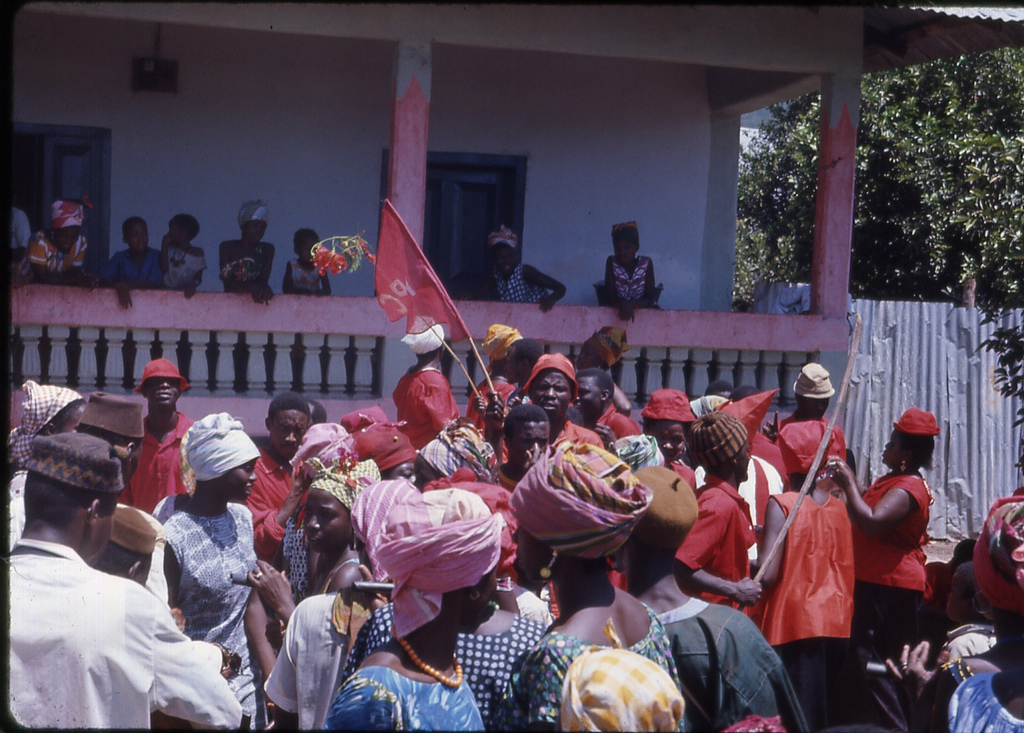 (A demonstration in Sierra Leone)
(A demonstration in Sierra Leone)
The demonstration was quickly put down by the army and Stevens' own personal Special Security Division (SSD) force. In 1978 the APC dominant parliament approved a new constitution making the country a one party state. In 1985 Stevens retired from politics. Major General Joseph Saidu Momoh was elected President as the only contesting candidate.
 (Joseph Saidu Momoh)
(Joseph Saidu Momoh)
In 1987 more than 60 senior government officials were arrested for attempting to overthrow Momoh. In 1989 6 of them were hanged. In 1992 a military coup,sent president Momoh into exile in Guinea and the young soldiers established the National Provisional Ruling Council (NPRC). 25 year old Captain Valentine Strasser was the leader of the NPRC.
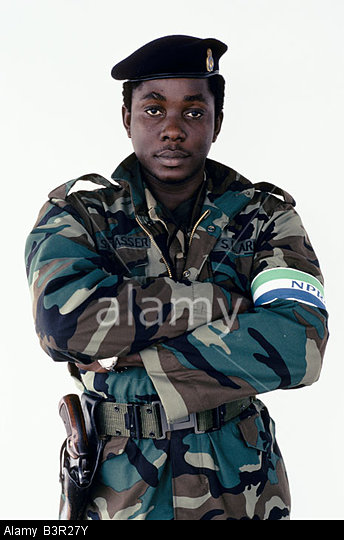 (Valentine Strasser)
(Valentine Strasser)
Dozens of soldiers loyal to the ousted president Momoh were arrested. The NPRC immediately suspended the constitution, banned all political parties, limited freedom of speech and freedom of the press and enacted a rule by decree policy. In 1994 the Revolutionary United Front (RUF) held much of the diamond rich Eastern Province and were at the edge of Freetown. The NPRC hired several hundred mercenaries from the private firm Executive Outcomes. Within a month they had driven RUF fighters back to enclaves along Sierra Leone's borders. In 1996 Strasser was arrested in a palace coup at the Defence Headquarter in Freetown by his fellow NPRC soldiers. Ahmad Tejan Kabbah then became president.
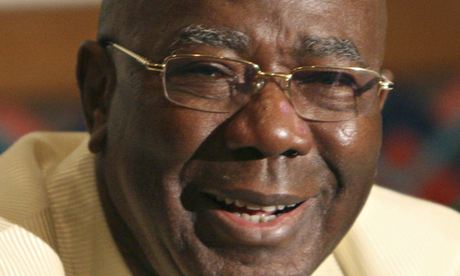 (Ahmed Tejan Kabbah)
(Ahmed Tejan Kabbah)
In 1997 a military coup sent President Kabbah into exile in Guinea and established the Armed Forces Revolutionary Council (AFRC). Major General Johnny Paul Koroma became head of state and suspended the constitution, banned demonstrations, shut down all private radio stations in the country and invited the RUF to join the new government.
 (Johnny Paul Koroma)
(Johnny Paul Koroma)
The AFRC was overthrown by the Nigerian led ECOMOG forces, and the democratically elected government of president Kabbah was reinstated in 1998. In 1999 the United Nations agreed to send peacekeepers to help restore order and disarm the rebels in Sierra Leone. In 2000 13,000 UN troops were in Sierra Leone.
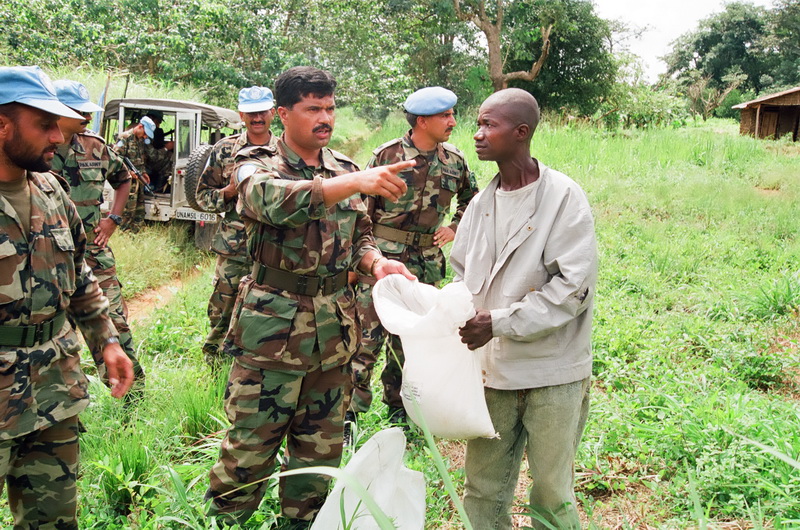 (UN troops in Sierra Leone)
(UN troops in Sierra Leone)
The British took full military action in Sierra Leone and took action against rebels. In 2001 there was a total of 50,000 people killed in the 10 year civil war. In 2002 the war was declared over. Kabbah was re elected president by a landslide. In 2005 UN forces backed out of Sierra Leone. In 2007 Ernest Bai Koroma was elected president.
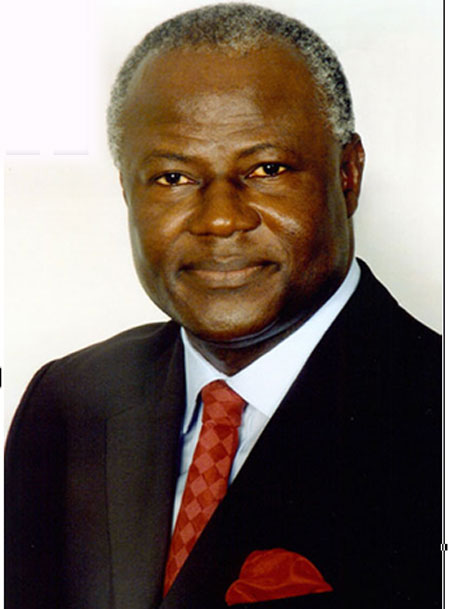 (Ernest Bai Koroma)
(Ernest Bai Koroma)
In 2012 Koroma was re elected president. In 2014 an Ebola virus epidemic in Sierra Leone began. There was 3000 deaths as a result.
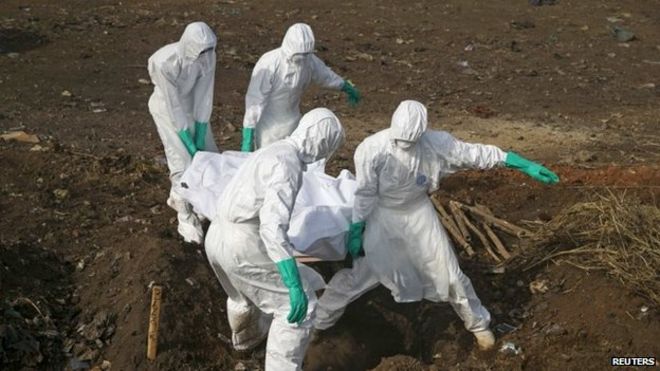 (Health workers in Sierra Leone)
(Health workers in Sierra Leone)
Today Marks the 56th anniversary of Sierra Leone’s independence and we would like to say happy independence day Sierra Leone.
Videos of Sierra Leone Independence